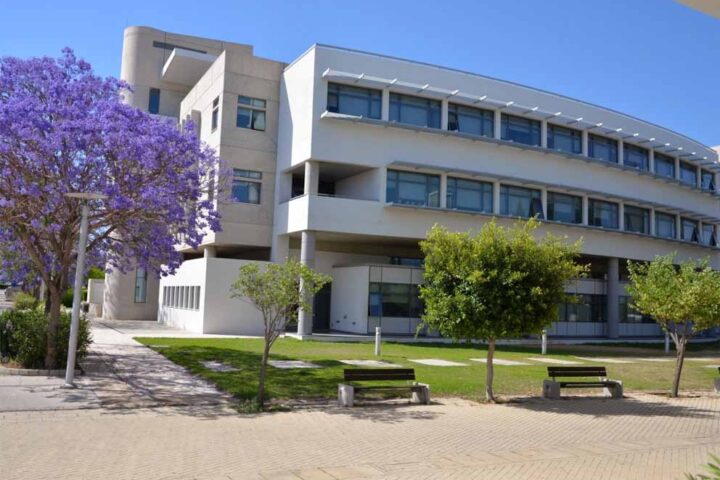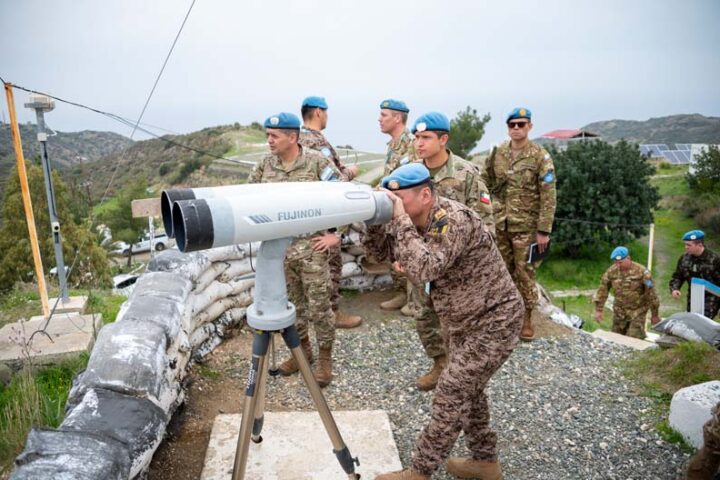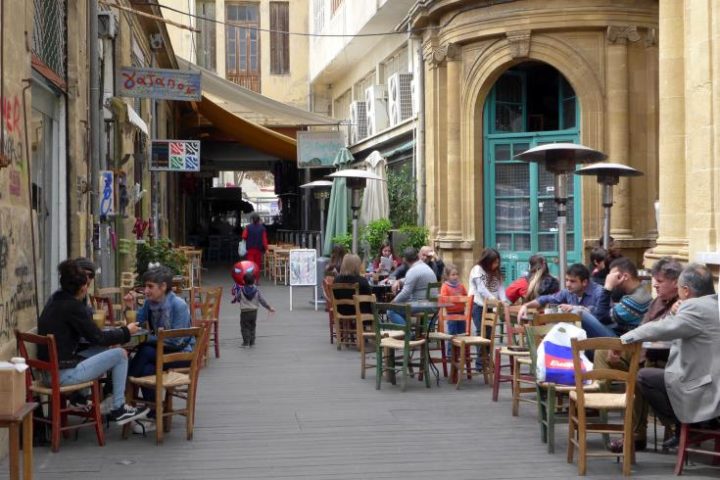OPEC ministers will debate a deep cut in oil supply when they meet this weekend in Cairo for urgent talks aimed at arresting a downward price spiral that sucked oil below $50 a barrel.
They have downplayed the prospect of any decision until a policy-setting meeting in Algeria on Dec. 17, but OPEC needs to send a strong signal of its intention to remove more supply or the risk is oil prices will hurtle lower still.
U.S. crude has recovered slightly from a low of $48.25 hit last week, its weakest level since May 2005.
Several oil ministers have said at least another million barrels of daily supply needs to go given the threat low prices pose to state budgets.
"We'll need to convince the market that OPEC will cut — but in Algeria," said an OPEC delegate, who requested anonymity.
"Prices are still falling and $50 is too low. This is the problem."
Since a record of $147.27 hit in July, the oil market has dived by nearly $100 as the worst economic slowdown since World War Two has eroded fuel demand and convinced many in the Organization of the Petroleum Exporting Countries price weakness could be sustained.
Top oil exporter Saudi Arabia's finance minister said on Tuesday turmoil in the oil and financial markets could last for another year. The kingdom, OPEC's most influential member, has yet to comment on oil production policy.
But OPEC President Chakib Khelil and Kuwait, Iran and Venezuela have said OPEC could cut supply further in the coming weeks — the latter two producers suggesting a reduction be made in Cairo.
"I think if we had a meeting today, 1 million is not going to be enough," Khelil, also Algeria's energy minister, told reporters on Monday.
But he also said the group would probably not have enough information on the impact of cuts already made until December, meaning a decision in Cairo, where talks are only consultative and informal, would be premature.
"OPEC wants to make an informed decision — not a hasty cut," said a senior Western oil executive. "They don't want to look as if they're panicking."
NOT TOO HIGH, NOT TOO LOW
While OPEC has avoided setting a target price, many in the group say $70 is a reasonable level for both producers and consumers and gives oil companies sufficient incentive to invest in new supply.
"An oil price below $70 is going to make sure that lots of new projects are not going to come on stream," Khelil said.
Individual OPEC members have widely differing price requirements, with the $70 a barrel level roughly in the middle of the range.
"While Iran and Venezuela need closer to $100 a barrel to balance their external accounts, the rest of OPEC begins to experience some real financial difficulties at $50 a barrel," said David Kirsch, a manager at Washington-based PFC Energy.
The group that pumps roughly 40 percent of the world's oil has agreed since early September to cut output by about 2 million barrels per day (bpd) — about 2.3 percent of global demand.
Production is still higher than the collective ceiling of 27.3 million bpd for the 11 OPEC members with output targets, but analysts estimate OPEC has so far delivered at least half of its promised cutbacks.
"Our sense is that it usually takes about a year (for OPEC to stabilise a falling market)… We're still looking for a low of about $30-$35 a barrel by the end of next year. That's the risk," said Michael Lewis of Deutsche Bank.
OPEC is worried by the sharp contraction in oil demand growth in the United States, the world's biggest energy consumer, Europe and parts of Asia as those economies head into recession.
By some estimates, world oil demand growth could turn negative in 2009 for the first time in a generation, which would lead to a build-up in stocks if OPEC oil supply were left unchecked.
According to the International Energy Agency's latest monthly report, oil inventories in Organisation for Economic Cooperation and Development countries are rising fast.
At the end of September they equalled 55 days of forward cover — 2.2 days above the 2003-2007 average. Preliminary October figures show a rebound that potentially raises stock cover to 56 days.







